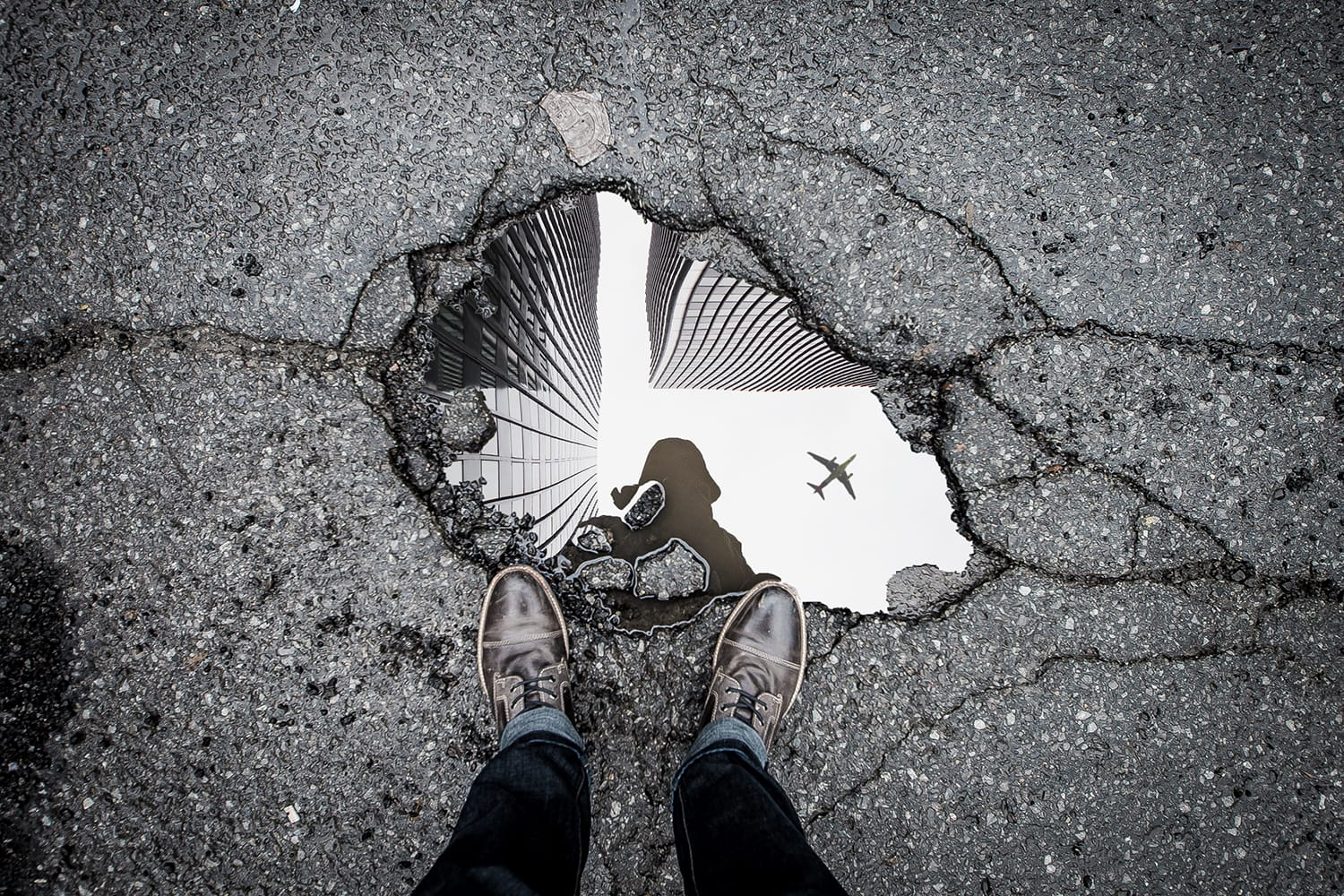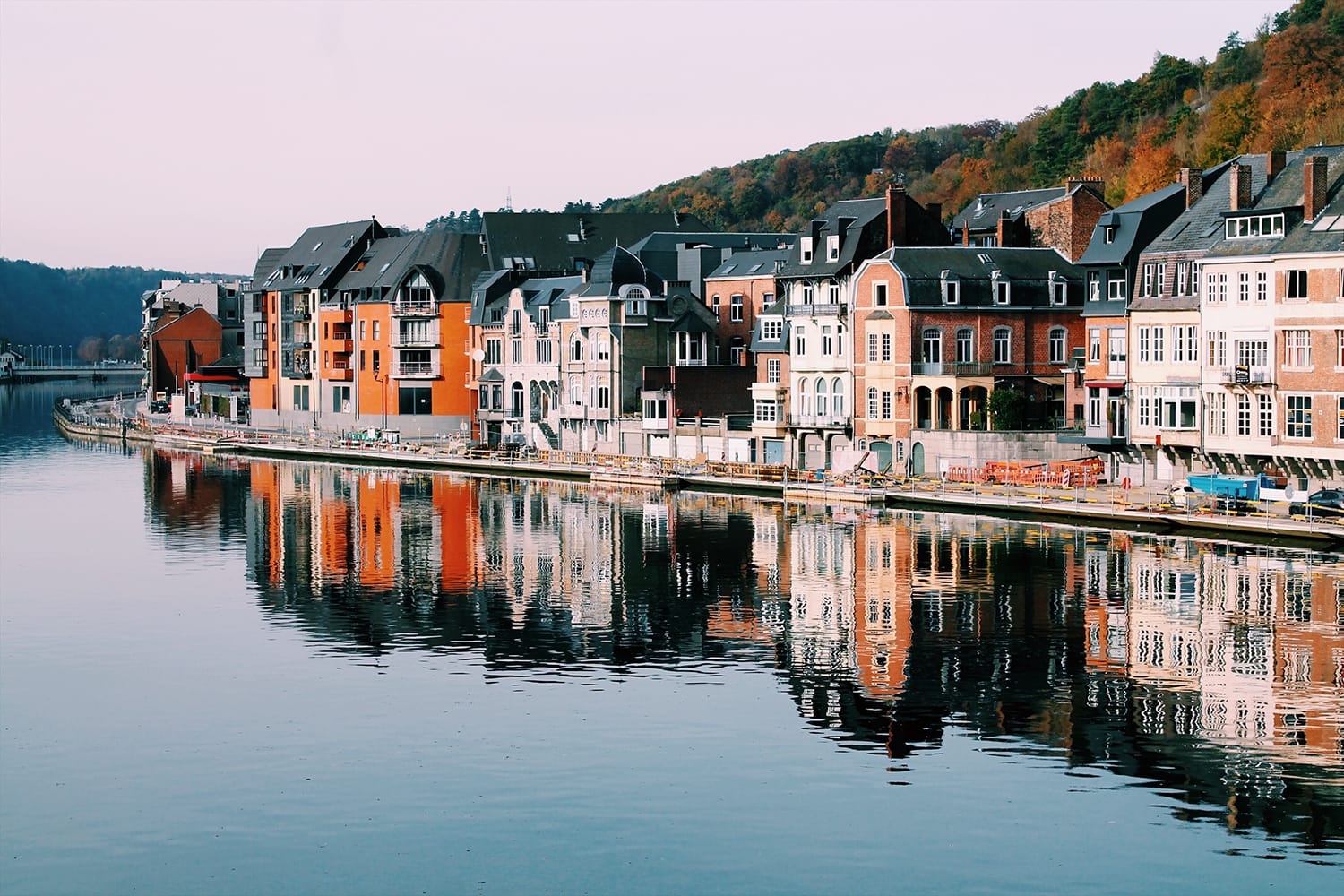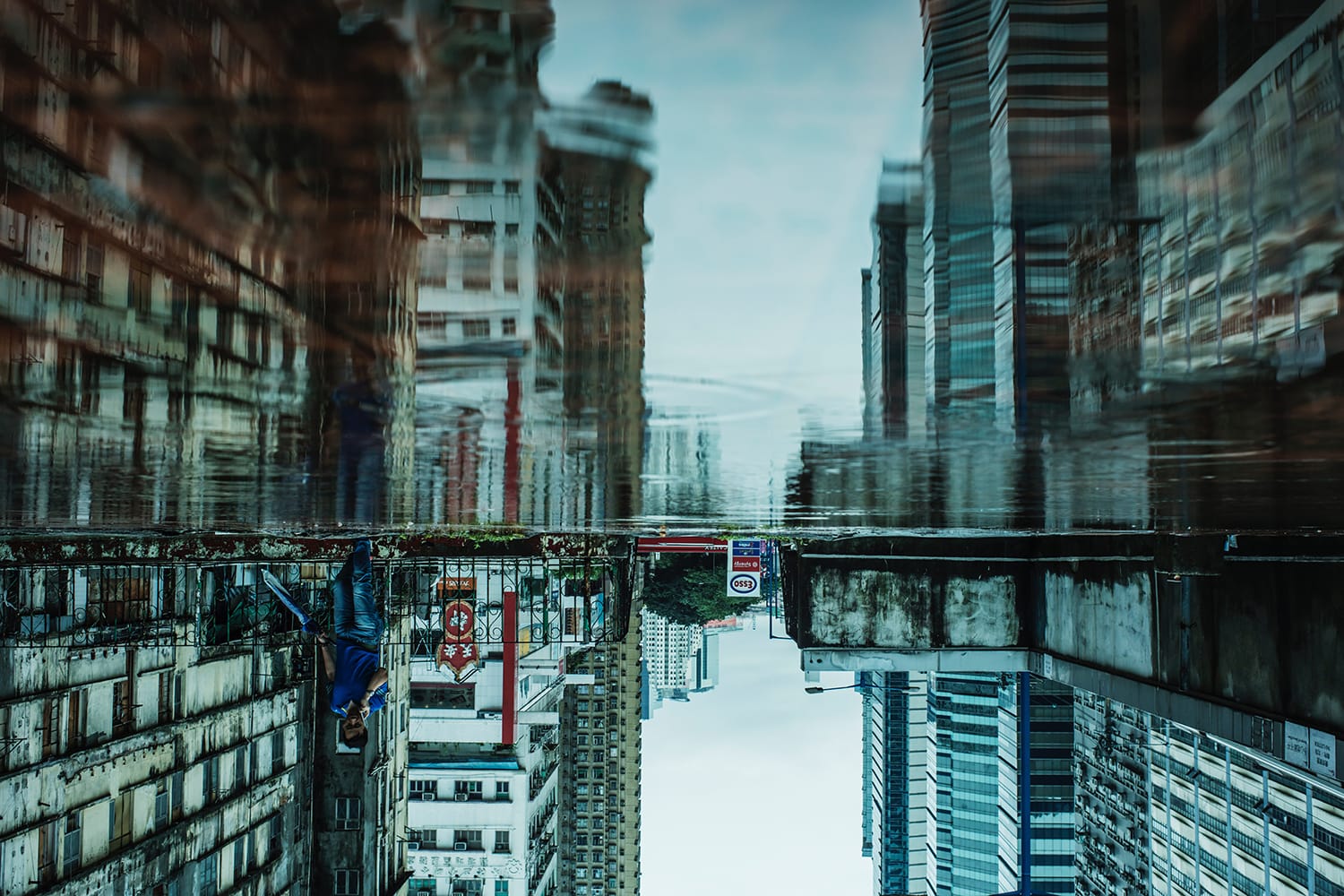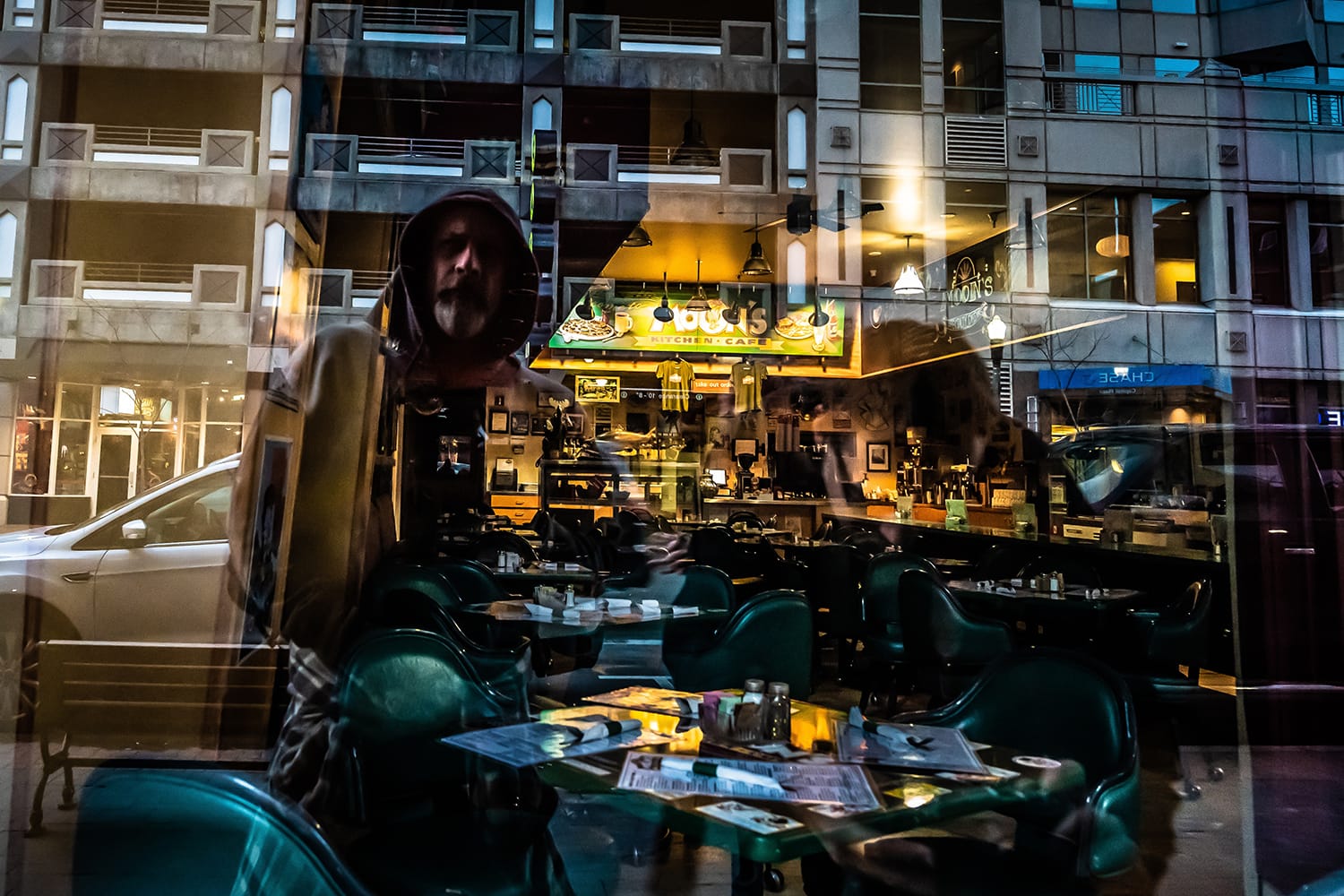Shooting Reflections & Using the Multiple Exposure Mode
Shooting reflections can create stunning results and are a great way to create powerful images that speak to a viewer, or to produce quirky and unusual shots.
In this article, we’ll look at how to shoot reflections and how you can replicate reflections using the multiple exposure mode.

How to shoot reflections
The best way to photograph a reflection really depends on what sort of reflection you’re trying to capture. The classic reflection shot is of course one into water. For this to work well, you need a fairly still body of water, which is why lakes are so popular.
Even so, you’ll want to choose a relatively fast shutter speed to freeze any movement caused by currents or breezes. In combination with this, reflections need a large depth of field, so that the whole shot is in focus and the reflections are clear.
Because this combination means that you won’t be getting much light into your camera, you may need to increase your ISO up to allow more light into your exposure. How high you can push your ISO before noise becomes excessive depends on your camera model, although the newer the camera the higher you’ll usually be able to go.

If the water has ripples on it, you could try using a long exposure in order to soften them out. This may create a slightly misty ethereal feel to the image, which can be very attractive. In this case, you’ll need to use a tripod in order to achieve a sharp photograph. In addition, a graduated neutral density filter will be almost essential here, so that you can keep the sky from over-exposing.
Finally, shooting water reflections is one case where you need to break the traditional landscape rule of thirds, as you’ll need your horizon to be in the centre of the frame in order to capture your reflection perfectly.

Of course, shooting reflections isn’t limited to water. Nowadays, there are so many glass buildings, which can offer fantastic reflections. Indeed, any piece of glass, metal or even marble can offer photographic opportunities.
Shooting reflections with multiple exposure mode
Multiple exposure mode simply means that the same frame (photo) is repeatedly exposed to the light.
It can be a tricky procedure to get right and takes a little practice, but can be a great way to ‘cheat’ to produce reflections. You’ll probably only need to do two exposures – you take the first one normally and then turn the camera upside down to take the second shot and get the reflections!

Using a tripod can be a good way to do this to ensure that you get a level shot each time.
One key thing to remember when shooting multiple exposures, is that you need to underexpose by one f/stop for double exposures (or two stops if you plan to do four exposures). In addition, once you’ve chosen the ISO you’ll use for a single exposure, you’ll need to ‘up’ it one setting (e.g. if you’re using ISO 100, up your ISO to 200).
Multiple Exposure Mode on DSLRs
The great thing about DSLRs is that they do all the hard work for you and merge your two exposures together. Not all digital cameras have this capacity at the moment, and those that do may only do multiple exposure in RAW format.
In other cameras, you can shoot a batch of shots and then manually overlay them – still all in-camera. One final tip for all digital cameras is to work in Live View mode, so that you can clearly see the effects of each exposure as you compose.
